PPHM exhibit, Ken Burns documentary chronicle rise and fall of the buffalo
- Oops!Something went wrong.Please try again later.
CANYON — The Panhandle-Plains Historical Museum (PPHM) held a special reception Wednesday evening showcasing its newest exhibition, "The Fall and Rise of an American Icon,” which culminated with a special premier of the new Ken Burns documentary “The American Buffalo” on the campus of West Texas A&M University.
The documentary will air Oct. 16 and 17 from 7 to 9 p.m. (check local listings) on PBS, PBS.org and the PBS app.
With this interactive exhibit, PPHM highlights the history of interactions between bison and the people of the Great Plains. The exhibit chronicles the international furor for buffalo hides that through overhunting and poor allocation of resources pushed the bison to the brink of extinction. Exhibits feature many of the products that were made from bison, as well as historical information and the sacred relationship between Native Americans and the bison.
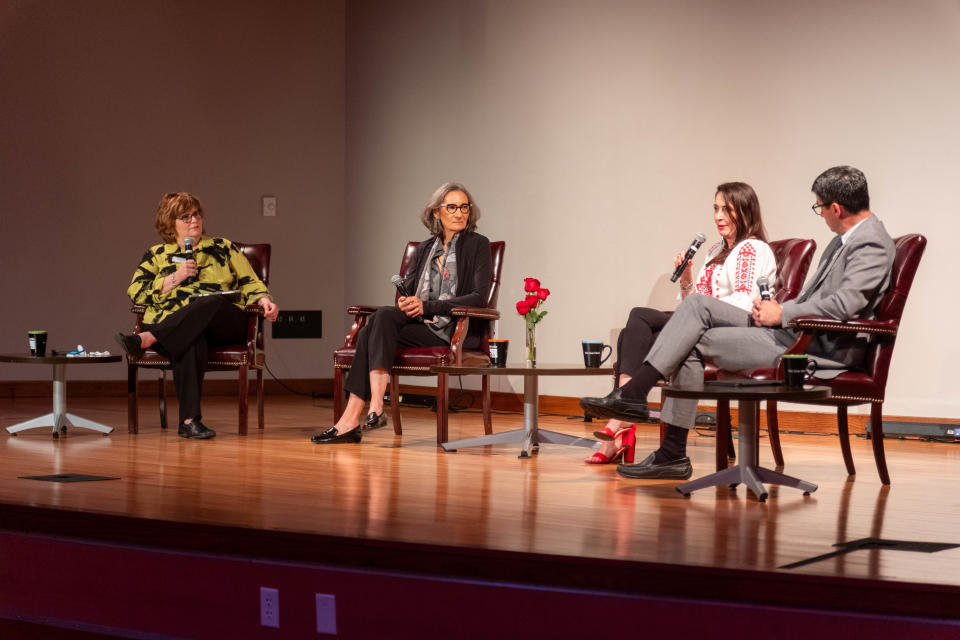
In a news release, Andrew Hay, PPHM executive director, spoke about the exhibit, which runs until Sept. 14 of next year.
“As 'The Fall and Rise of an American Icon' makes clear, much of the human history with the bison involves extreme mismanagement,” Hay says. “From overhunting, market demand, hide hunters, the national expansion West, and, quite tragically, the government’s forceful removal of Native peoples to reservations — the collection of PPHM speaks poignantly to all of these factors and their connection to the bison. Visitors to the exhibit will find an engaging narrative about the bison — both historically and in the present — while also interacting with hands-on technology, learning about conservation, and viewing items from the PPHM collection that are rarely on display.”
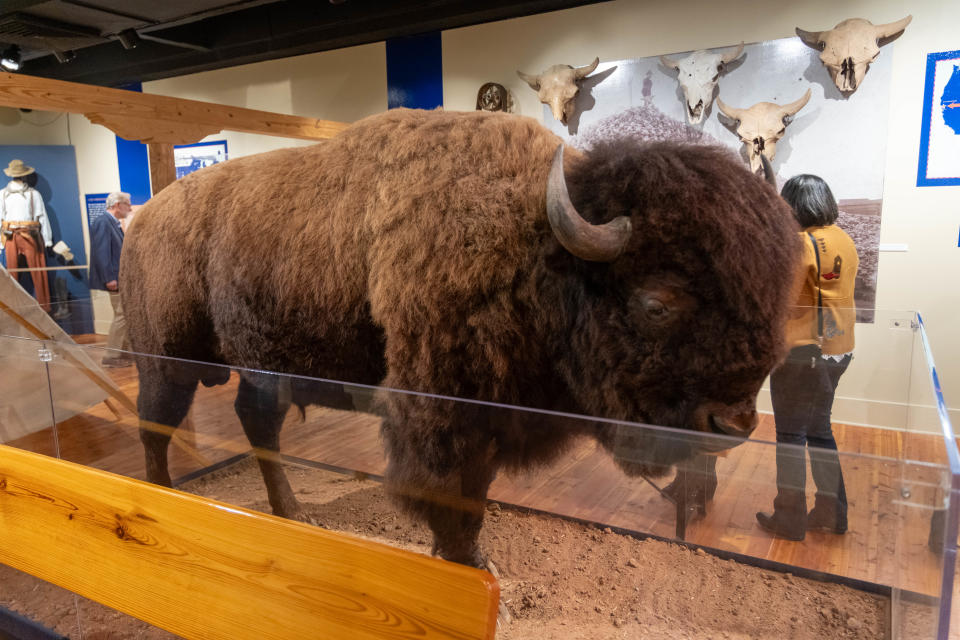
Hay spoke about the importance of the bison to the region’s history and how it shaped the Great Plains and the state of Texas.
“This exhibit is about showing how important the bison has been for this region of the nation where human beings and bison have interacted for 15 centuries, but ultimately it collapsed through overhunting and hide hunting,” he said. “It coincided also with Native American life and reservation policy through the U.S. government. But the exhibit ends on a glimmer of hope that through conversation efforts over the last century that bison are no longer an endangered species.”
Taking this as a great chance to reengage the people in the area about the history of the bison, Hay says that many people do not realize the dramatic events that happened right here in the Canyon area. He said that the diminishing effects of the buffalo had a significant effect on the area and other species.
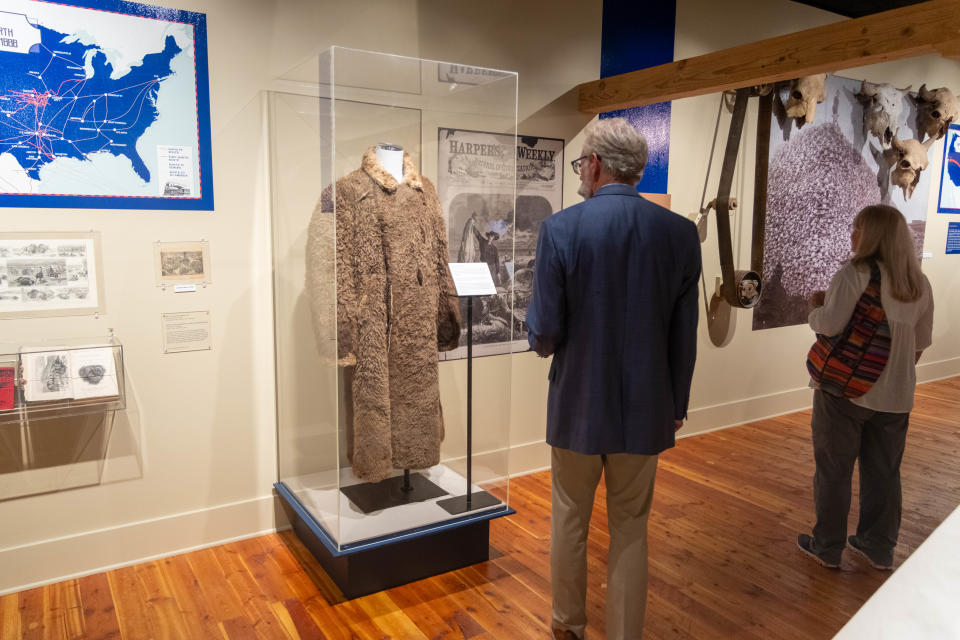
Julianna Brannum, a consulting producer on “The American Buffalo” and descendants of Quanah Parker, spoke about her involvement with the film and her importance to give an indigenous perspective and guidance on the subject.
“I think this film will help people to understand the indigenous value systems and their lifeways, not just the stereotypical things that many think of with Native American people,” Brannum said. "I think the film does an excellent job of maybe humanizing us as people and a culture. I hope people take away a better understanding of who we are and where we come from, as well as why issues like buffalo conservation are important to us.”
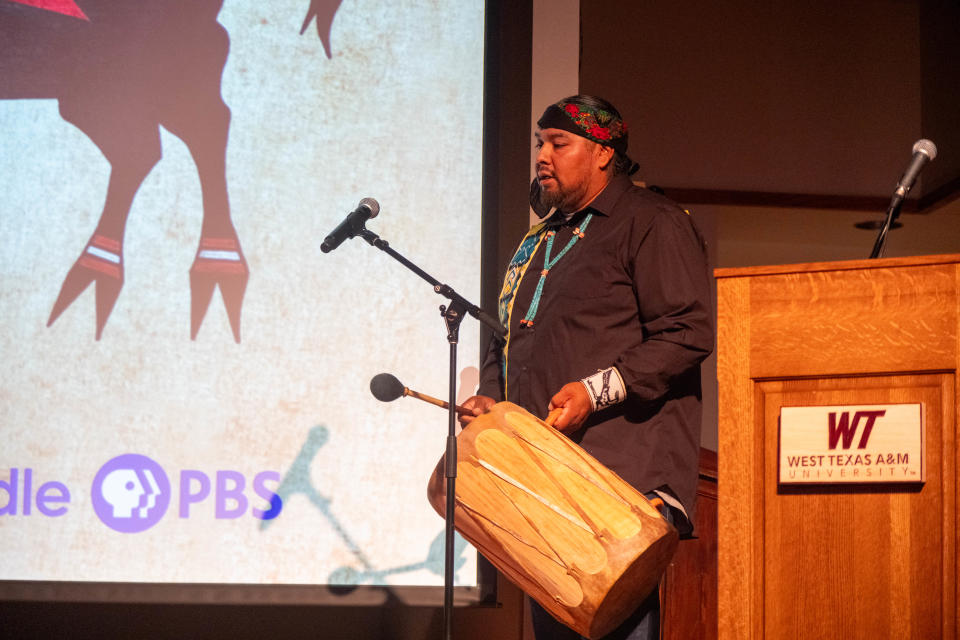
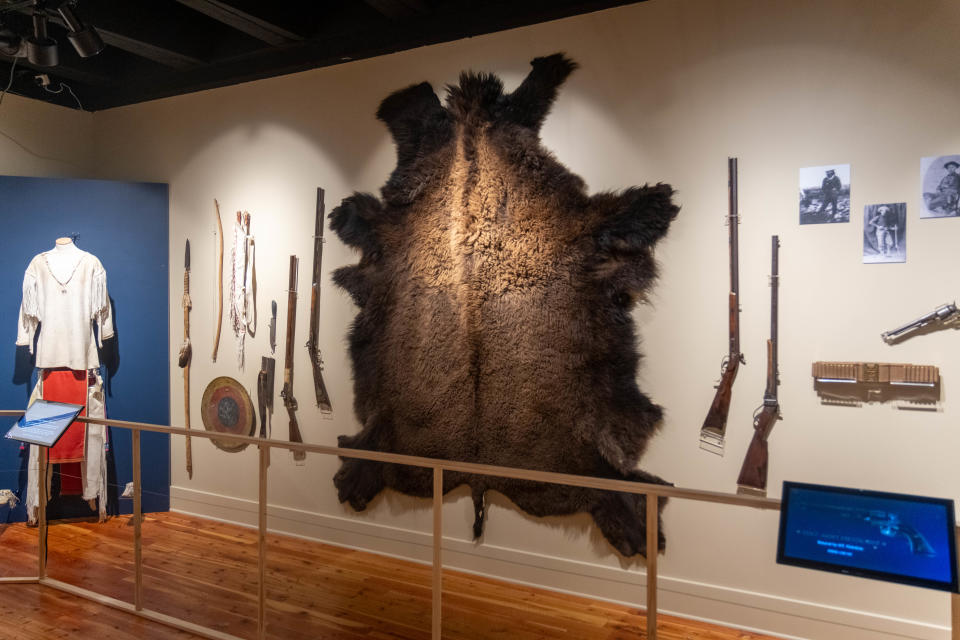
Julie Dunfey, the producer of the film who has worked on about seven projects with Ken Burns including “The Civil War” and ‘The Dust Bowl,” spoke about the impetus behind the film, which is essentially the biography of an animal.
She said that writer Dayton Duncan, who has worked on many films with her previously, had done projects on Lewis and Clark and others, which always seemed to show the impact of the American Bison.
“The story of the buffalo is a lens onto American history, whether you are talking about indigenous history, western expansion or capitalism,” Dunfey said. “This is a really unique way of discovering history. Ken’s films are all about understanding who we are as Americans. ... It is one more way of looking at us.”
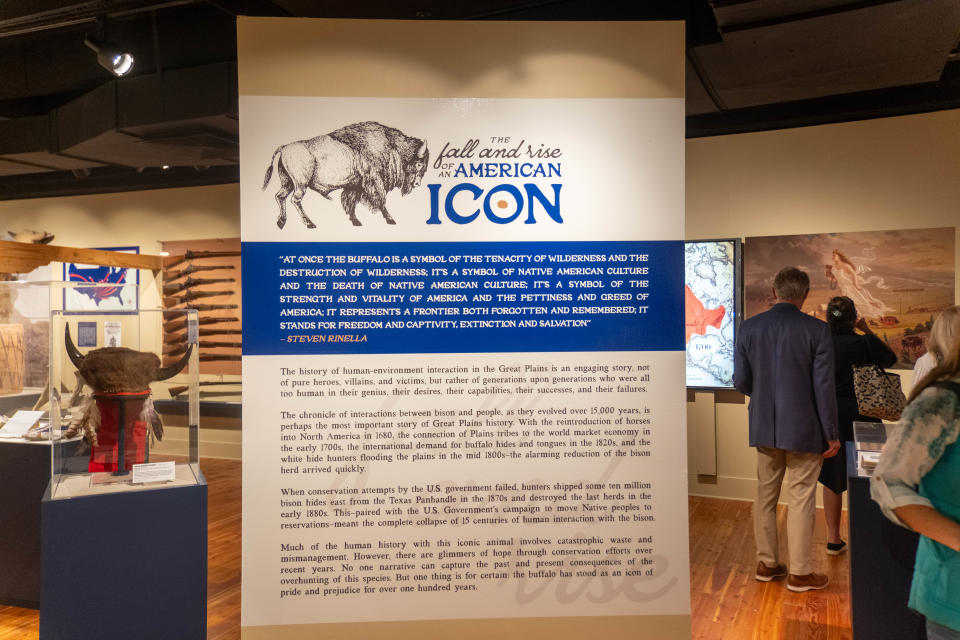
Dunfey said that she hopes people take away the magnificence of the continent as well as morality play about our relationship with the natural world.
“There are a lot of people who have a lot of knowledge about how to live with the natural world, and maybe it's time to start speaking to some of that knowledge,” Dunfey said. “We are just setting a table for conversation and encouraging people to take a deeper dive and find out more for themselves."
This article originally appeared on Amarillo Globe-News: American icon of buffalo explored in exhibit, documentary

